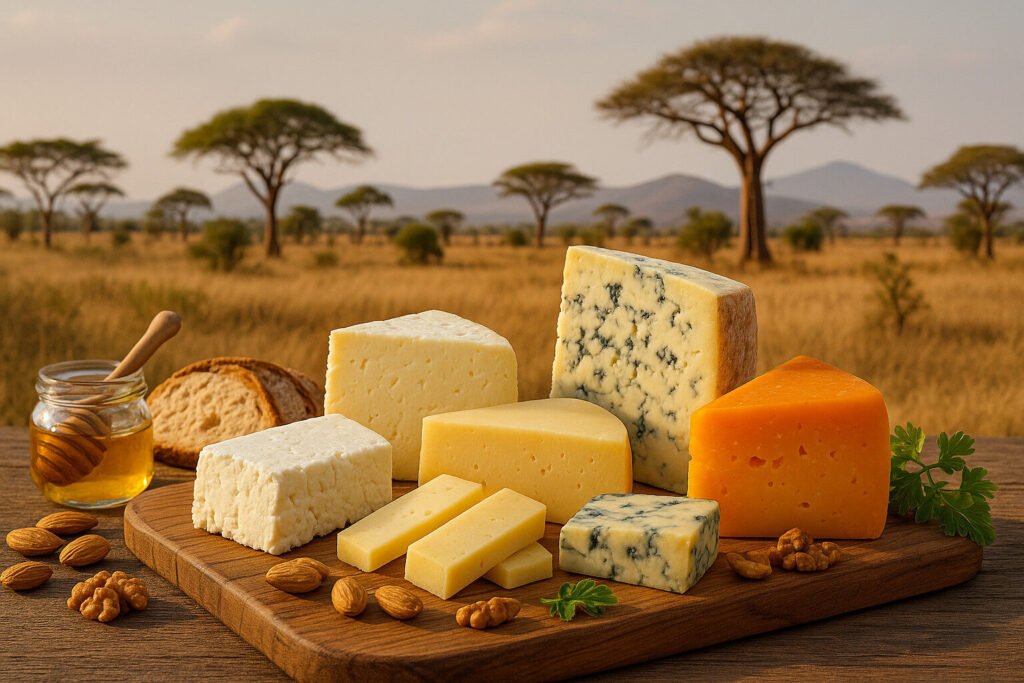Cheese Of Liberia
Definition and Scope
Liberian cheese refers to dairy products developed within Liberia’s culinary traditions. These cheeses often incorporate local ingredients and reflect West African food preservation methods. The category includes both fresh and aged varieties adapted to the regional climate.
Production typically utilizes available milk sources including cow, goat, or sometimes imported milk powders. These cheeses serve as important protein sources while accommodating local taste preferences. Their characteristics differ significantly from European cheese traditions.
Production Methods
Traditional Liberian cheese making employs simple curdling techniques using natural acids like lime juice or vinegar. The process often involves heating milk gently before coagulation occurs. This method produces fresh cheeses with high moisture content.
Some producers have adapted Western cheese-making techniques using rennet and controlled aging. However, most local production focuses on quick-maturing varieties due to climatic challenges. Equipment ranges from basic household utensils to small-scale commercial setups.
Sensory Profile
Liberian cheeses typically present mild, tangy flavors with subtle salty notes. Their texture ranges from soft and crumbly to semi-firm depending on moisture content. Fresh varieties often carry slight acidic undertones from the coagulation process.
The aroma profile tends toward clean milky scents with occasional earthy notes. Color variations exist from pure white to pale yellow based on milk type and additives. These cheeses generally lack the complex fungal or bacterial rinds found in European styles.
Culinary Applications
Liberian cheeses primarily function as cooking ingredients rather than table cheeses. They commonly appear grated or crumbled over traditional rice dishes and stews. Their melting properties make them suitable for baked dishes and sauces.
These cheeses often serve as protein supplements in vegetable-based meals. Street food vendors incorporate them into snacks and fried foods. Their mild flavor allows them to blend well with spicy Liberian condiments and peppers.
Regional Examples
Most Liberian cheese production occurs in urban centers like Monrovia where dairy availability is higher. Rural areas produce smaller quantities using localized techniques and ingredients. Regional variations exist based on ethnic group traditions and available resources.
Some producers have developed hybrid styles combining Liberian and Lebanese cheese-making methods. These cross-cultural products reflect Liberia’s diverse culinary influences. Export versions sometimes undergo modifications to meet international food safety standards.

